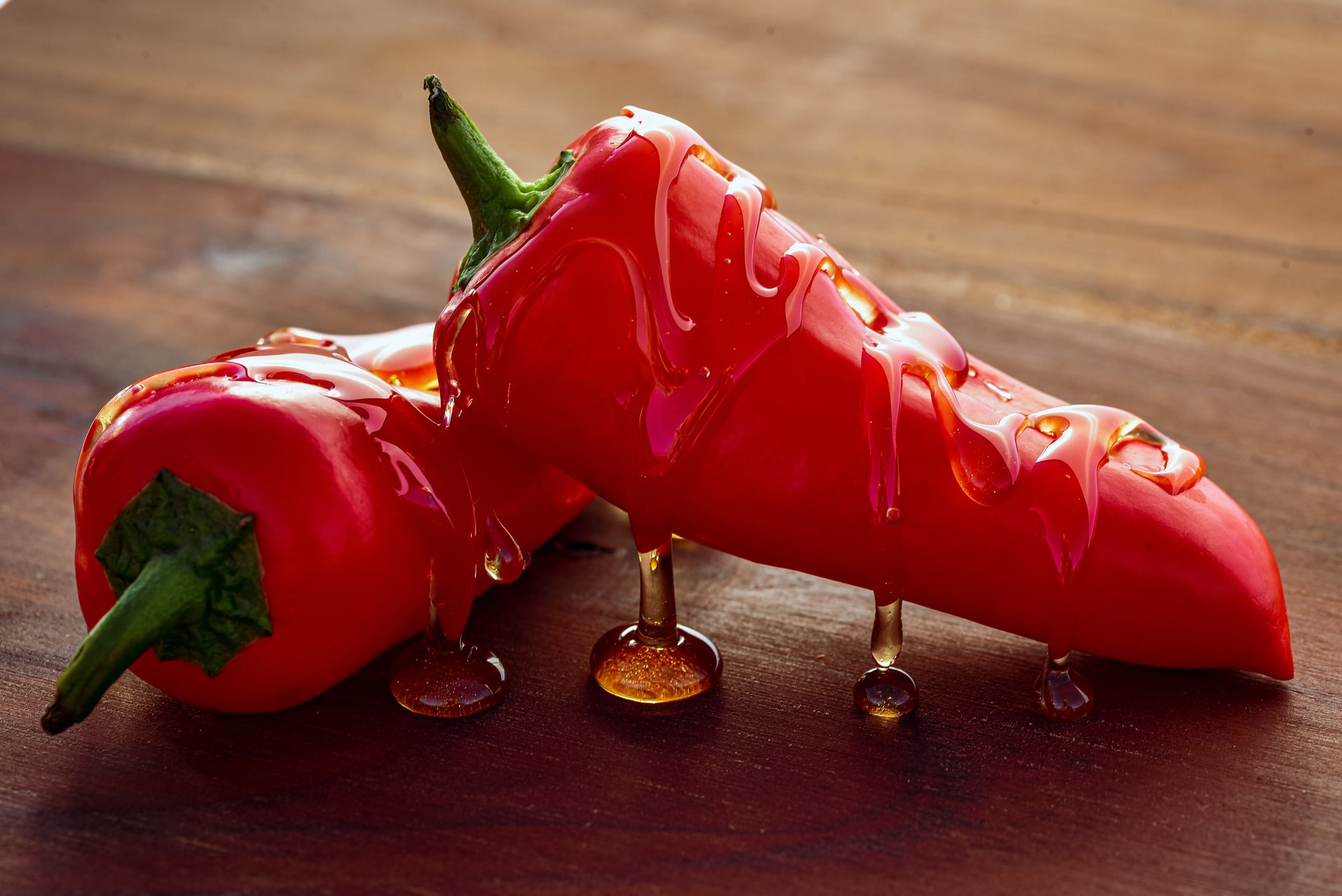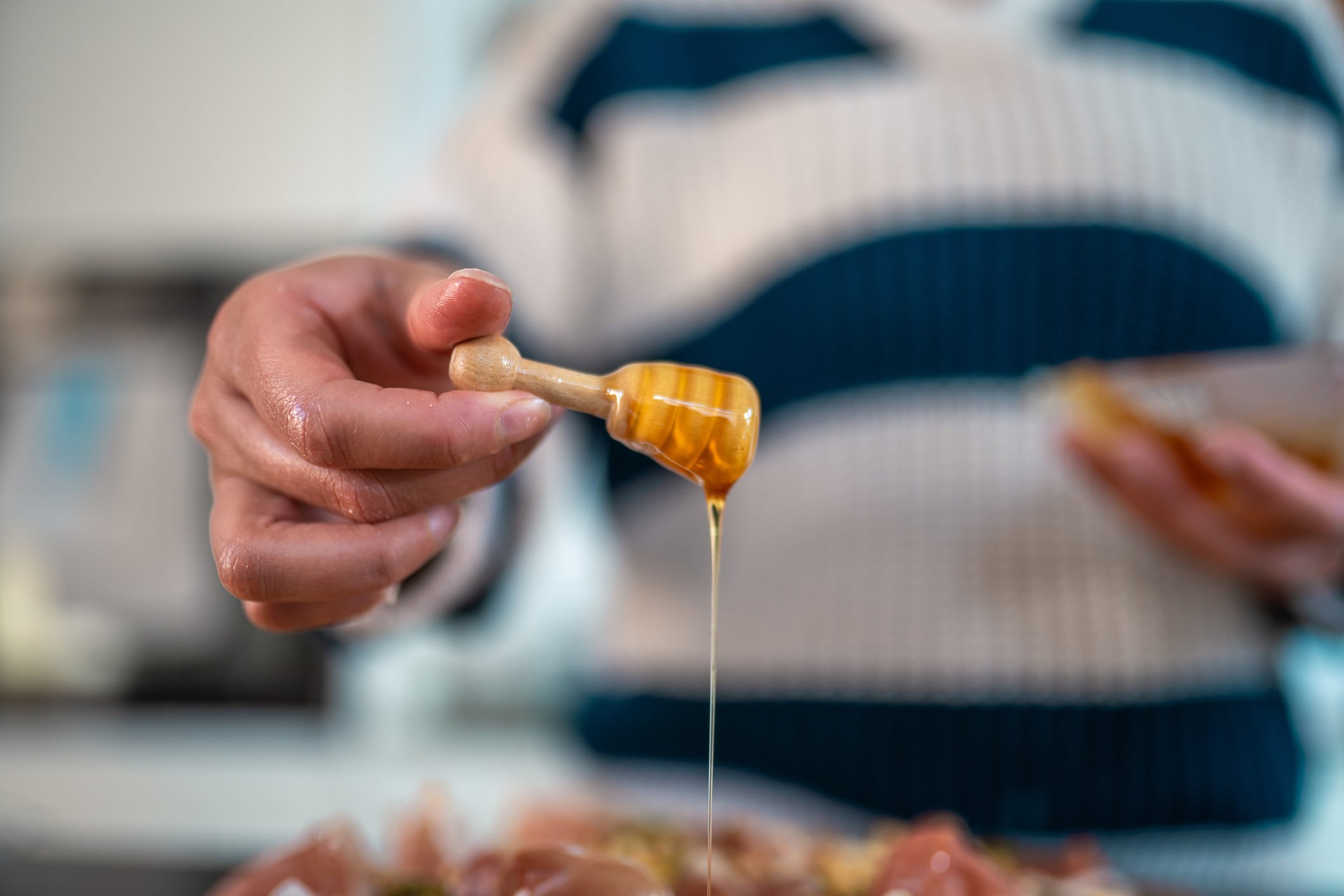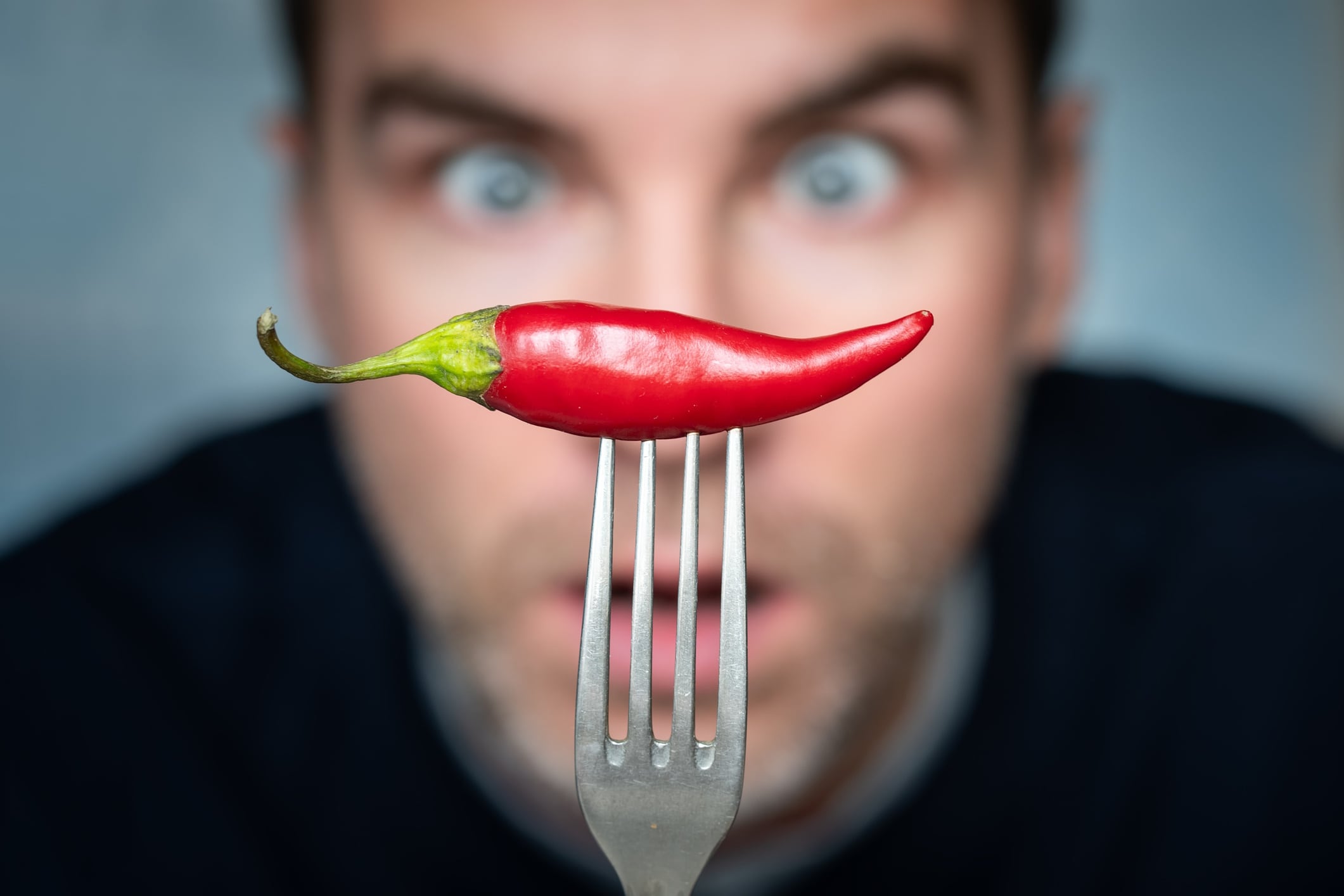Key takeaways:
- Swicy is showing steady growth, with global spice-flavored launches climbing about 5% a year since 2018.
- Hot honey is the fastest growing sweet spicy flavor worldwide, with launches rising 61% annually over the past five years.
- Medium heat and authentic flavor stories appeal to the widest audience, helping drive a 9% jump in US spicy food and drink sales last year.
Ten years ago, you’d have been hard pressed to find sweet and spicy in the same bite outside of a chili chocolate bar or a jar of jalapeño jelly. Sugar stayed in the dessert aisle. Heat lived with curries, sauces and salty snacks.
Not anymore. In the past five years, the two have been turning up together everywhere – biscuits, chips, cookies, even popcorn. And once you notice it, you can’t unsee it.
The swicy roll call is getting longer. In the UK, McVitie’s dropped its Hot Honey Jaffa Cake in early 2024, swapping the familiar orange for a chili-laced honey filling. North America saw Doritos Sweet & Tangy BBQ arrive as a trial in 2022; by the next year, it was permanent. In South Korea, gochujang – the sweet, fermented chili paste – started spicing up chips and crackers around 2020 as part of the K-flavor boom. And in Mexico, tamarind-chili candy, a street staple since the 1980s, has been finding new fans from Los Angeles to London since roughly 2018.
The numbers back it up
There’s no formal ‘swicy’ category on sales trackers, but the growth is obvious. US spicy-flavored food and drink sales rose 9% in the past year. Sweet-spicy blends are pulling more than their weight in that jump. Globally, new products with spice flavors have been ticking up about 5% a year since 2018.
Hot honey is the breakout star. It’s had a staggering 61% average annual growth rate in launches over the past five years. In US restaurants, sweet-spicy items on menus climbed 38% in 2023 and forecasters say hot honey will outpace nearly all other flavors by 2027.
Snacks are the big playground. Potato-based snack launches were up 70% in 2024, much of it thanks to sweet-heat combos. Nuts, seeds, and popcorn are right there too – Planters’ Hot Honey Cashews, Blue Diamond’s Sweet Thai Chili Almonds and a growing list of similar mashups.
Bakery’s slower to move on trends, but it’s catching up. Alongside McVitie’s, artisan bakers are experimenting – cayenne ginger cookies in London, mango-chili macarons in Saigon.
Swicy numbers
US spicy food & drink sales: Up 9% in the past year, with sweet–spicy blends doing a lot of the heavy lifting.
Global new launches with spice flavors: Climbing about 5% a year since 2018.
Hot honey: Fastest-growing swicy flavor – launches up 61% a year on average over the past five years.
US restaurant menus: Sweet–spicy dishes jumped 38% in 2023. Hot honey is tipped to beat most other flavors by 2027.
Snacks: Potato snack launches surged 70% in 2024, much of it swicy-driven.
On shelves now: Hot honey chips, mango-habanero nuts, peach-chili popcorn, cayenne-maple cookies, yuzu-chili pastries.
Why people keep coming back for more
Gen Z and Millennials are driving this. They grew up on global street food, viral recipe hacks, and hot-sauce challenges. They expect flavors to be fun. A survey shows more than half of Gen Z consumers actively seek out swicy flavors, and about two-thirds of all US shoppers are interested in sweet-spicy sauces.
Social media pushes the trend along. A TikTok of hot honey dripping over a slice of pizza can get millions of views overnight. Chamoy fruit cups, mango-chili candy and sriracha-honey butter have all had viral runs.
The global palate helps, too. Cuisines like Thai, Mexican and Indian have always mixed sweet and spicy. Now those flavors are familiar enough that a mango-habanero chip feels adventurous but not risky.
And while nobody’s saying a sweet-spicy snack is healthy, chili carries a ‘permissible indulgence’ image – metabolism boost, endorphin rush. For developers cutting sugar, spice can add excitement without more sweetness on the label.
What’s in the mix
Hot honey – first big in US pizzerias around 2015 – is the poster child. It works everywhere: drizzled, baked in, powdered onto chips or even poured on wet.
The chili roster’s expanded, too. No more generic chili flavor – now it’s chipotle, habanero, jalapeño, ghost pepper. Mango-habanero, pineapple-jalapeño, peach-chili, yuzu-chili are the hot pairings right now.
Fruit keeps it bright. Maple syrup or molasses give depth. Cinnamon, ginger and peppercorns add a different kind of heat. And texture matters – think a soft center with a crunchy, spicy shell or a sweet glaze that brings the chili hit late.
Not a fad
Forecasts say US menus will add another 9%-10% more swicy dishes in the next four years. Snacks will keep testing seasonal sweet-heat editions and the winners will go year-round. Younger shoppers with global tastes will push for bolder pairings – maybe guajillo-blood orange granola bars or cayenne-maple pecan cookies.
But balance is key. Most people want medium heat and clear sweetness – not an all-out chili blast. Credibility matters too. Calling out the pepper and where it comes from helps.
Limited runs are a smart test before a big launch. And marketing should sell the moment, not just the flavor. Swicy is an experience and people want to share it.
On the supply side, stable sourcing for chilies, honey and tropical fruit is crucial. Prices swing, crops fail, so backup suppliers and strict quality specs matter. If the ingredients have a sustainability story, even better.
In the end, swicy works because it delivers two things at once. Sweetness comforts. Spice excites. Put them together and you’ve got a flavor people remember and want again.
It’s already changed the snack aisle and is working its way into bakery. For brands ready to hit that sweet spot with a kick, the payoff could be just as good as the taste.





